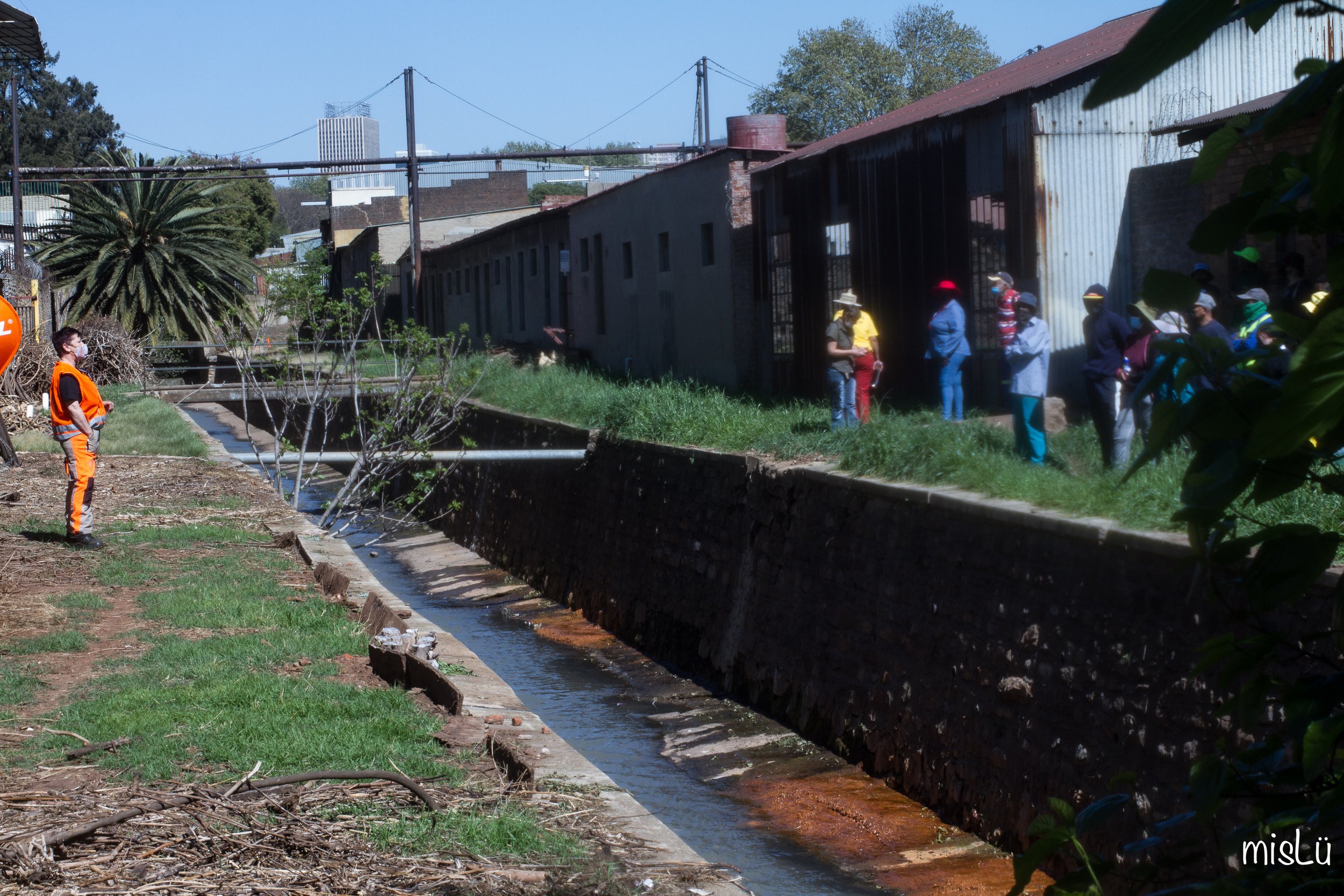
Hidden riches: The invasive alien biomass economy and its future
Until we started our removal programme, the upper Jukskei corridor, like much of South Africa, was engulfed with alien vegetation. More than ten million hectares of land in South Africa (which is more than 10% of South Africa’s land area) are covered to some degree or another by woody invasive alien plants (IAPs). It’s estimated that 6% of South Africa’s freshwater is taken up by invasive alien plants (Stafford 2017 in Imvelisi 2020).
“Invasive alien plants (IAPs) dry up streams, affect water security, damage the ecological functioning of natural systems and reduce the productivity of land. They intensify fires and floods, influence soil erosion and threaten the biological diversity of South Africa…” (Imvelisi 2020)
But the very condition which threatens native biodiversity in South Africa, also holds promise for uplifting widespread economic hardship.
“Distinct batches of IAP biomass provide material for a host of industries, from furniture-making to composting, paper, charcoal and firewood” (Imvelisi 2020).
Government bodies and associated groups are in ongoing talks to “reduce invasive alien plant species, and therefore boost local economic development, replenish water table levels and grassland environments, create micro industries, and provide entrepreneurial development”: all within the remit of IAP industries (Gardner in Imvelisi, 2020).

Primary advances
by Water for the Future & partners
Generating a biomass economy is an important facet of Water for the Future’s development plan because it serves as the most visible catalyst for engagement with the local community, with more immediately tangible socio-economic benefits that cared-for land can bring to the adjacent neighbourhoods
But while the country languishes in alien vegetation, harvesting biomass and gearing up for a economy is easier said than done. Besides the extensive requirements of an integrated process with all the necessary technology and skills, consistency is key in a continued offensive on IAPs. It is also important for business to keep their costs in check so that harvesting is a viable avenue for the huge section of society in need of skills training and jobs. Unfortunately, South Africa has very little infrastructure or opportunity when it comes to constructing the means for a biomass economy (Stakeholder’s dialogue on IAPs 2021).
With our director Romy Stander’s sheer persistence and grit, an IAP removal programme was developed (Visit our social media links to read more about individual events we have held to raise awareness and organise the collection of IAP biomass along the pilot site.)
In addition, noble enterprises like Liesel Vosloo The Invasives Lady, Avocado Vision, and STIHL, as well as community conservation groups like Friends of Kloofendal and Green Business College, have worked tirelessly alongside Romy to develop a workflow that can be repeated and reproduced for more trainees and potential sellers throughout many of our clearing initiatives.
We have applied for the Johannesburg Inner City partnership which could mean year-long work placements for up to 100 workers within the green corridor, that will replicate the work we are doing in the pilot site area to re-establish the natural environment.
WFTF has been using biomass in multiple ways:
Burning bugweed seeds and crofton weed in a steel drum and adding this to the soil add much needed lime content to the soil
All larger wood is cut, stacked and piled for firewood that can be sold and used in winter months
Mulching of small branches and all other biomass can only be possible if we have access to a mulching machine. Please consider donating towards this function!
‘Tree from Heaven’ trunks can be woven into balustrades. We have demonstrated this at multiple venues along the site.
Reference reports
-

Plant Sensitivity Audit
For the Jukskei Rejuvenation Project by Colleen Rood
-
Imvelisi Guide to the biomass economy
Supported by the Department of Environment, Forestry and Fisheries
-

Summary of Stakeholder Dialogues
The development of a strategic framework for an invasive and alien biomass economy in SA, 2021

Get involved.
Become a subscriber or contribute to our work







